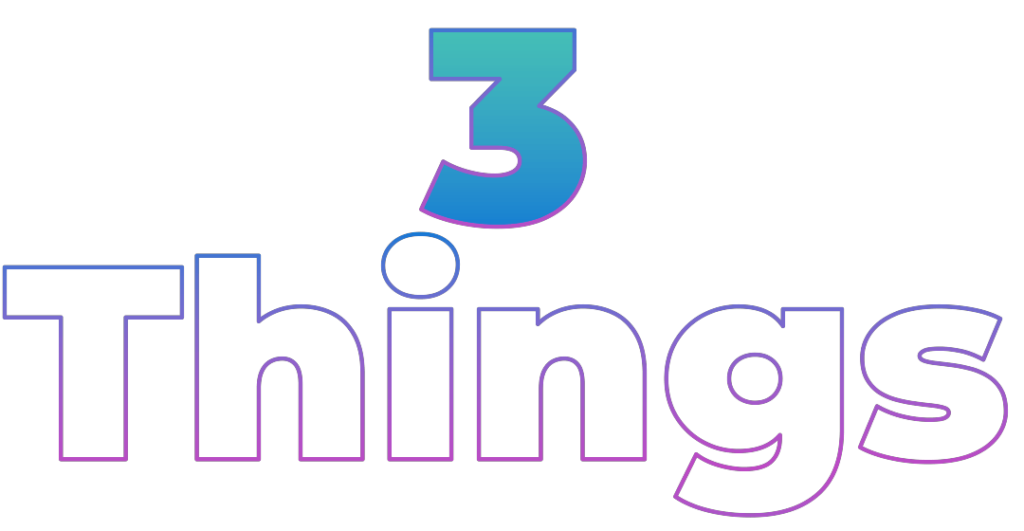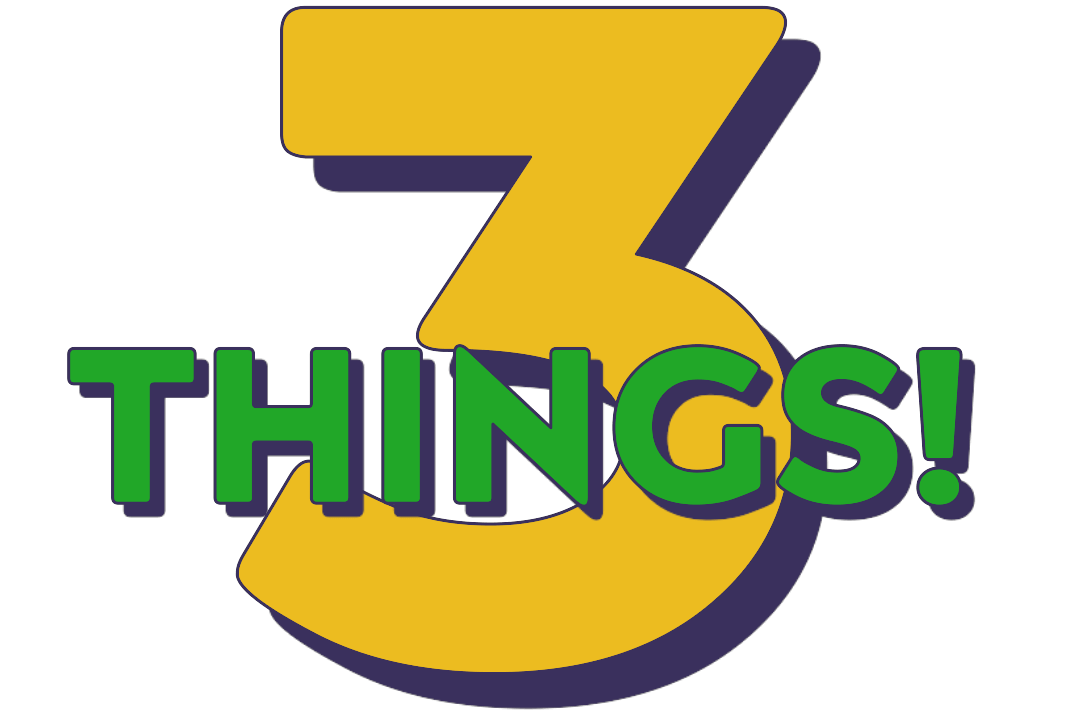Are You Struggling to Control Your Spending?
Here's How to Take Charge in 3 Simple Steps
Are You Struggling to Control Your Spending? Here’s How to Take Charge in 3 Simple Steps
Managing your finances can feel overwhelming, especially when you’re juggling bills and trying to stretch your paycheck. If you’re working hard but earning less than $50,000 a year, you’re not alone—many families face the same challenges. The good news? You can learn to manage your money better, even on a tight budget.
Each week, I’ll share practical, easy-to-follow tips to help you control your spending in just three simple steps. Some steps may be easier than others, but all are designed to help you reduce financial stress and build a secure future.
Let’s dive into this week’s topic: Three practical steps to take control of your spending.
Track Your Spending

Example:
Let’s say you buy coffee every morning on your way to work. That $4 latte may not seem like much, but if you buy one five days a week, that’s $20 a week—and $80 a month! By tracking this expense, you’ll see how quickly small purchases add up.
How to get started:
Write down every dollar you spend for at least a week. You can use a notebook, a spreadsheet, or even an app (more on that later). This habit will give you valuable insights into your spending patterns and help you make informed decisions.

Check Your Subscriptions
Imagine signing up for a free trial of an online magazine but forgetting to cancel it after the trial period ends. That $9.99 monthly charge may seem small, but over the course of a year, it adds up to nearly $120! By reviewing your subscriptions regularly, you can avoid these unnecessary expenses.
What to do next:
Go through your bank statements or use an expense tracking app to identify all your active subscriptions. Ask yourself: Do I really need this? Am I using it enough to justify the cost? Cancel any that don’t add value to your life.
Make Some Choices

Now that you’ve tracked your spending and reviewed your subscriptions, it’s time to make some choices about where to cut back. This step requires honesty with yourself about what’s truly essential versus what’s just “nice to have.”
Example:
Do you really need three streaming services when you only watch one regularly? Or could you limit going out for dinner to once a month instead of every weekend? These small changes can make a big difference in your overall financial health.
How to stay focused:
Set clear financial goals—whether it’s saving for an emergency fund, paying off debt, or planning for a vacation. Having specific goals will keep you motivated and help guide your spending decisions.
Recap of ...

By following these three simple steps—tracking your spending, reviewing subscriptions, and making thoughtful choices—you’ll be well on your way to better money management.
REMEMBER: Managing your finances doesn’t have to be hard or overwhelming. Every small step counts! Start today by tracking just one week of expenses and see what insights come up. Celebrate each small win along the way as you take control of your financial future.

BONUS
3 Free Online Tools To Help You Manage Your Money
To make things even easier for you, here are three free tools that can help streamline the process:
-
Mint – This app helps track spending and manage budgets all in one place.
-
YNAB (You Need A Budget) – YNAB offers free budgeting tools designed to help users gain control over their money.
-
Personal Capital – In addition to budgeting features, Personal Capital lets you track investments and plan for retirement.
Best of luck on your journey toward financial success, my friend!
